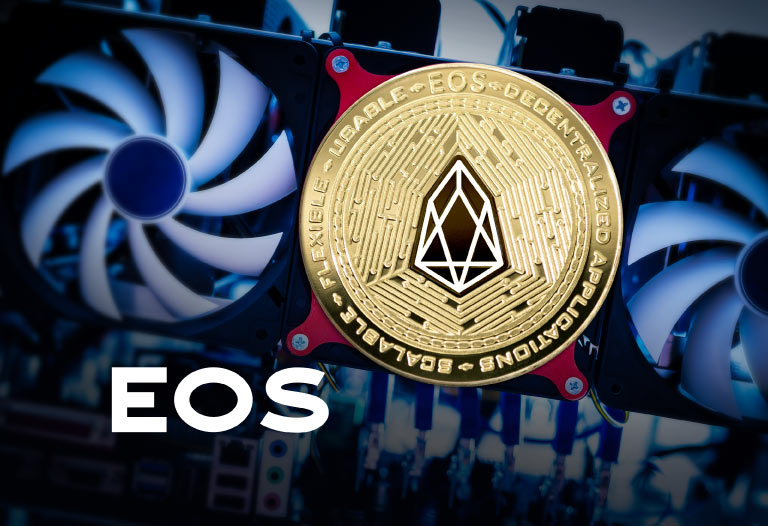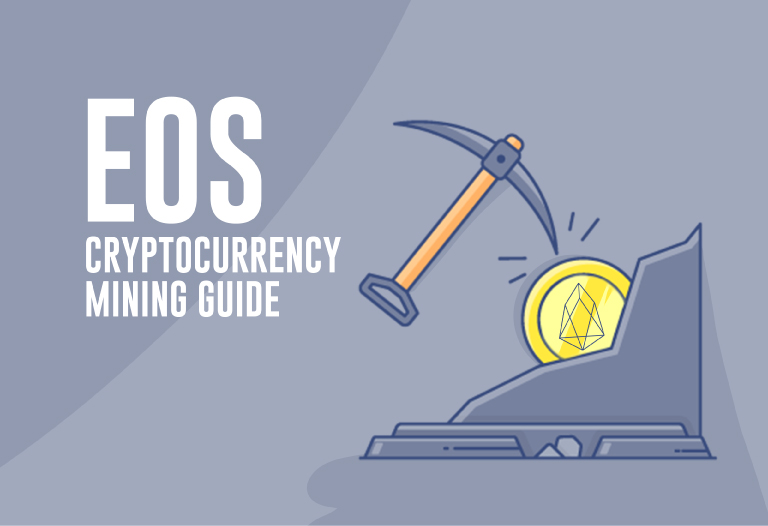
Table of Contents
ToggleIn a previous article, we had discussed the plus points that EOS possesses over Ethereum.
We highlight its strengths in scalability, smart contracts and its proposals for dApps (decentralized applications).
In short, EOS.IO is a blockchain platform built in 2018 to enable EOS developers to build securely.
In addition, it aims to achieve the handling of millions of transactions per second and without commissions, which solves some shortcomings of Ethereum.
However, that is not all, as it seeks to create trust in transactions, transparency in systems and efficiency through its innovative operating mechanism.
Since its inception, many people saw the absolute potential of this project, given that its ICO raised $4 million.
Finally, the utility of its native token called EOS, makes it possible to access the network, pay for using different dApps and guarantees a percentage of participation in the governance of the network.
Consequently, it can be considered as the token that is the secure entry key to this whole incredible project.
Without further ado, let’s look at how we can become part of the EOS blockchain and increase our tokens by following simple steps.

How is EOS mined?
We will start by clarifying that EOS tokens cannot be mined, since their consensus algorithm is Delegated Proof of Stake (DPoS), which does not require miners.
Consequently, all platforms that use DPoS, work with a group of “block producers” that validate transactions. In EOS, there are 21 EOS block producers that the community, specifically EOS token holders, choose.
Each block in the EOS blockchain is produced within 0.5 seconds, which is why it is one of the fastest networks in the entire crypto ecosystem. If, for example, we compare it to Bitcoin blocks that are produced every 10 minutes or Litecoin that are produced every 2.5 minutes, the speed of EOS is much higher.
To achieve such production, each EOS block producer must produce at the exact time designated by the system in order to generate the block and include it in the chain.
Blocks are created in rounds of 126 blocks that are allocated among 21 producers so that each producer creates 6 blocks. The 21 producers are chosen before each production process and that is why the producers are kept in constant election among the EOS coin holders. Depending on whether or not they fulfill their functions, the producers can be removed or re elected in their positions.
The best thing about being a block producer in EOS is the reward you get. Unlike other cryptocurrencies, the block reward in EOS is not pre-determined, but works on an inflationary model where new coins are produced every year. The amount to be generated is capped at 4% per year compared to the total number of coins in the market. Of this 4%, 0.25% is distributed among the block producers.
Becoming a block producer in the EOS network
As we have mentioned, block producers are a fundamental part of the entire EOS blockchain network.
Contrary to what we believe, they not only validate transactions and earn rewards for doing so, but also improve the network by providing important solutions.
EOS token holders vote for a particular block producer until they have 21 producers. To become a producer, you must keep in mind that:
-
- You must show your usefulness to the community.
- It is essential that you acquire the appropriate hardware to run the full EOS node and an adequate amount of RAM.
- Try to be publicly available and transparent with your work.

Congratulations on making it to the end! We hope you were able to learn in detail how EOS mining or rather block production works in EOS.
Unfortunately being a producer is a difficult process but, instead, you could opt for simpler options such as mining Siacoin, mining Ethereum or mining Dogecoin.
See you next time.



